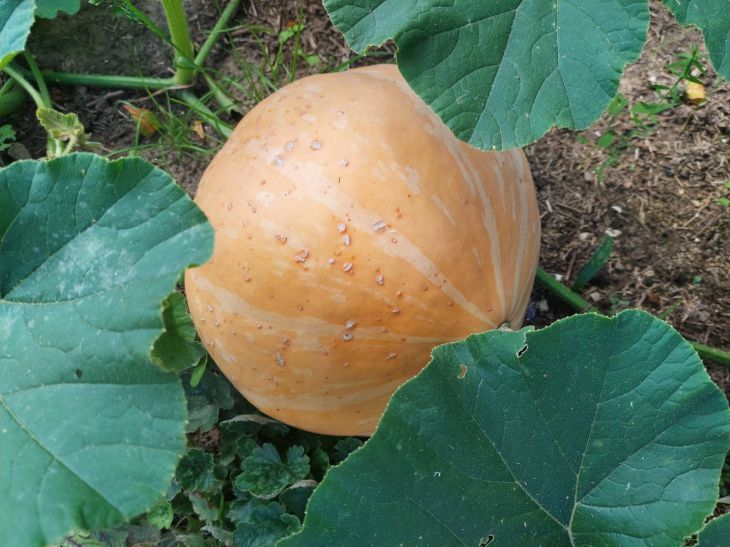Pumpkin is a product that can be stored for a long time.
However, in reality, the shelf life of a vegetable largely depends on how correctly you do it.
Let's figure out what nuances need to be taken into account in order to enjoy the harvest until next spring.

How to Store Pumpkin
First, keep in mind that not all pumpkins are suitable for storage. For example, damaged fruits are best processed immediately, since they will cause the rest of the pumpkins to rot.
Damaged vegetables are great for freezing in pieces, as well as for making jam and juice.
But if the damage to the fruit is minimal, you can try to revive it. To do this, treat the pumpkin with potassium permanganate, dry it thoroughly and try to save it. A solution of potassium permanganate helps stop the rotting process.
The second point is that medium and large sized pumpkins are stored best.
Thirdly, first the pumpkin is stored in a place with high humidity and air temperature for 10 days so that it finally ripens. And only after that can the vegetables be transferred to a permanent storage place.
It is desirable that it be cool and the humidity not exceed 70%.








